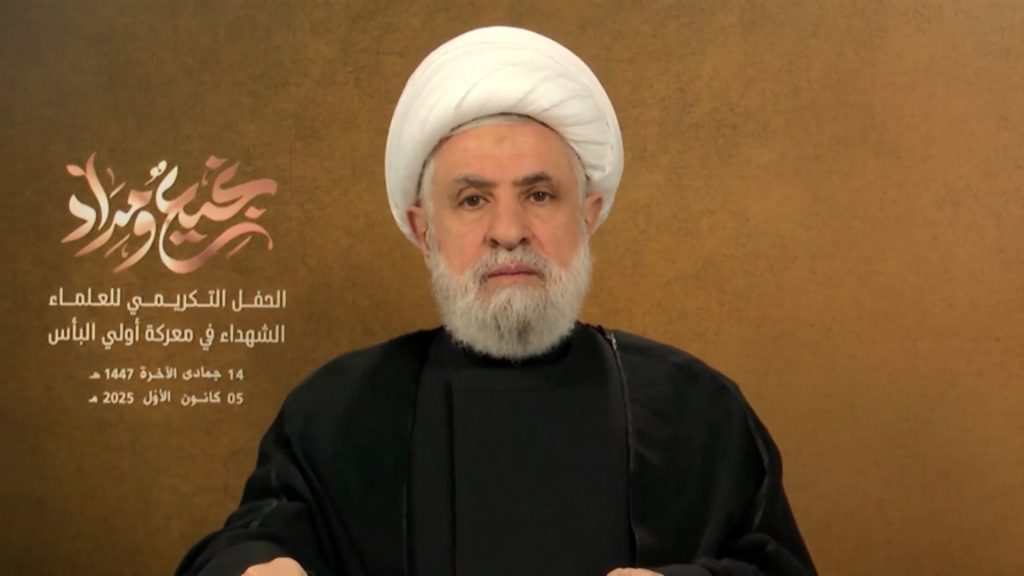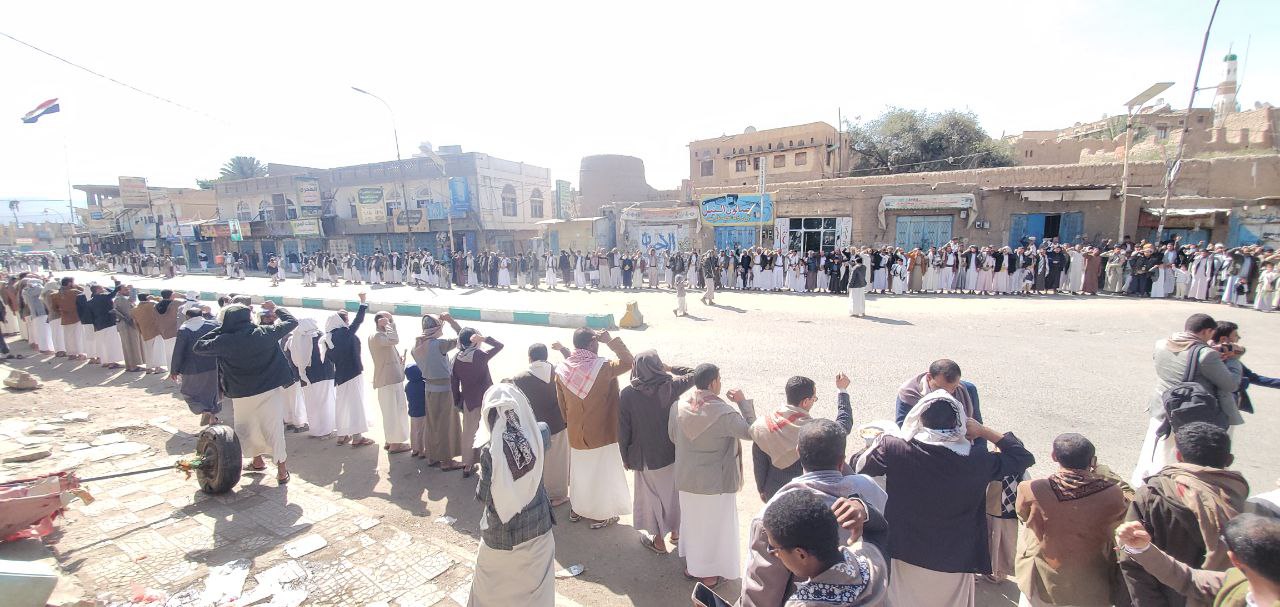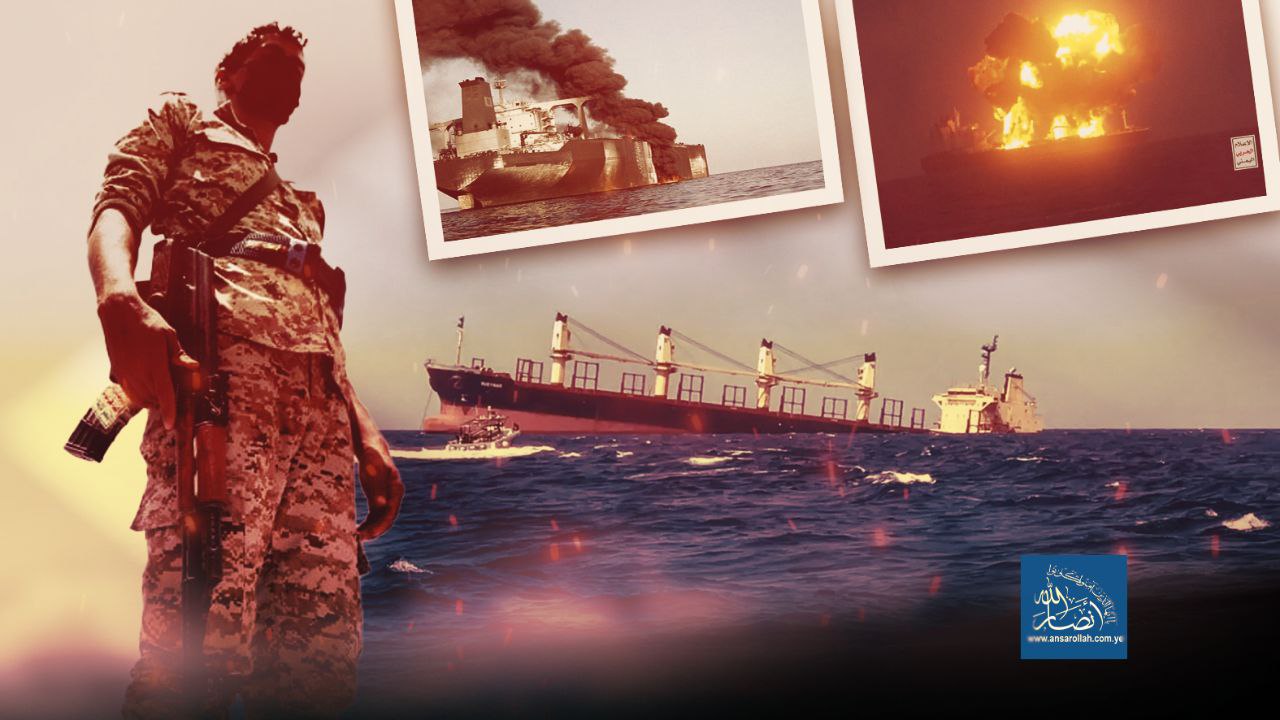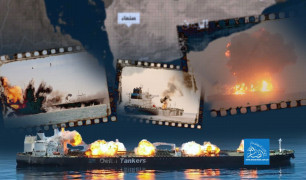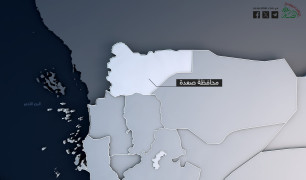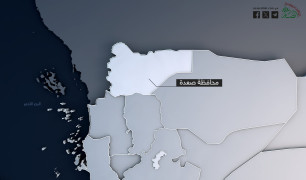المتحدث باسم حماس حازم قاسم للمسيرة: العدو الإسرائيلي يصر على موضوع التهجير عبر الإعلان عن فتح معبر رفح في اتجاه واحد
"جيش" العدو الإسرائيلي: سننفذ مناورة يوم غد في مزارع شبعا وجبل الشيخ
"جيش" العدو الإسرائيلي: سننفذ مناورة يوم غد في منطقة جبل الشيخ
مصادر فلسطينية: آليات العدو تطلق نيرانها على مناطق شمال مدينة رفح جنوب قطاع غزة
مصادر فلسطينية: 8 شهداء بنيران العدو الإسرائيلي في قطاع غزة منذ صباح اليوم
مصادر فلسطينية: استشهاد مواطن برصاص قناص العدو الإسرائيلي في منطقة العطارة في بيت لاهيا شمال قطاع غزة
مصادر فلسطينية: إصابة مواطن بجروح خطيرة بقصف مدفعي للعدو الإسرائيلي على حي الشجاعية شرق مدينة غزة
مصادر فلسطينية: مجاهدون يستهدفون قوات العدو الإسرائيلي بقنبلة محلية الصنع خلال مواجهات في بلدة سيلة الظهر جنوب جنين بالضفة المحتلة
الهلال الأحمر الفلسطيني: جريحان برصاص العدو الإسرائيلي عند الجدار الفاصل في بلدة الرام شمال القدس المحتلة
الدفاع المدني بغزة: استشهاد أم وابنها بنيران مباشرة من العدو الإسرائيلي أثناء توجههما لتلقي العلاج في حي الزيتون بمدينة غزة









